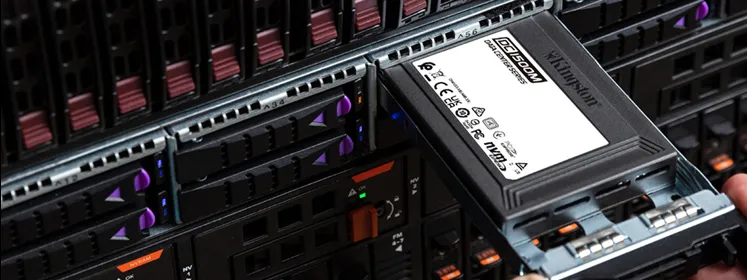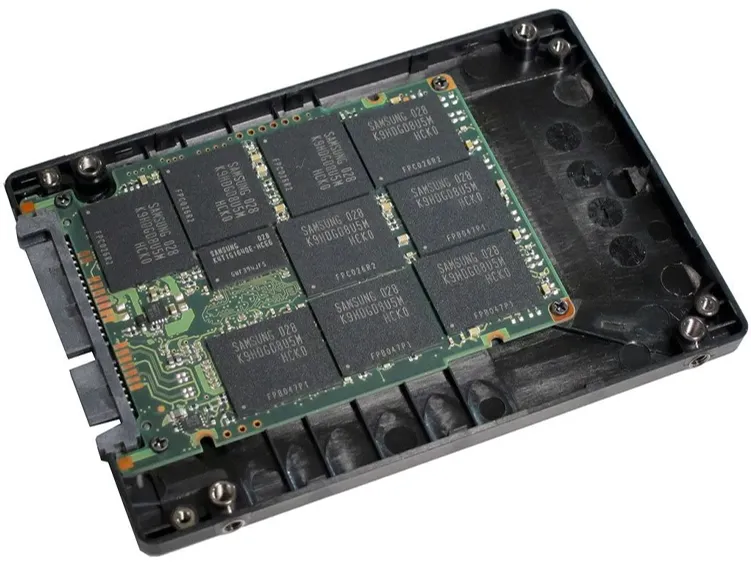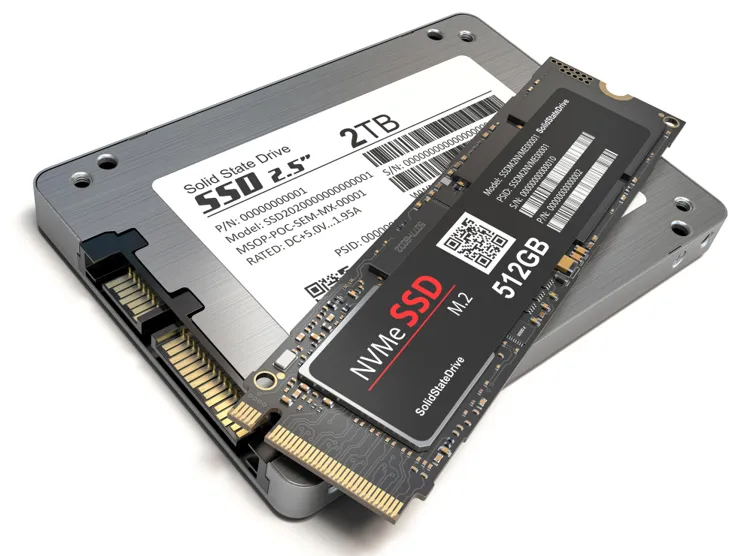In a world where time is money, system performance matters more than ever. Whether you’re a creative professional, business user, or IT manager, delays caused by slow storage can interrupt workflow and reduce productivity. Traditional hard drives often struggle with modern demands—leading to frustrating wait times and system slowdowns.
Solid State Drives (SSDs), on the other hand, offer faster boot times, quicker file access, and improved responsiveness across the board. For anyone looking to optimize efficiency and speed, switching to SSDs can be a game-changing upgrade.
Let’s take a closer look at how solid state drives—particularly enterprise-grade options—can save time and significantly boost system performance.
Faster Boot Times and Application Load Speeds
One of the most immediate improvements users notice after switching to SSDs is the lightning-fast boot-up time. While a traditional HDD might take 30 seconds to a minute to start a system, an SSD often completes the job in under 10 seconds.
The same goes for launching applications. Design software, databases, video editors, and browsers load much faster, allowing professionals to jump into their work with minimal delays.
When productivity tools launch instantly, there’s less time wasted waiting—and more time spent working.
Multitasking with Minimal Lag
Today’s workflows often involve juggling multiple applications at once—think emails, browser tabs, spreadsheets, and media tools running simultaneously.
Traditional drives can struggle under this load. In contrast, SSDs handle multitasking with ease, thanks to their ability to read and write data simultaneously.
For those managing high-performance systems, SAS solid state drives offer a particularly fast and reliable option. Engineered for 24/7 workloads, these enterprise-grade drives provide consistent performance across a range of business applications.
Improved File Transfer Speeds
Transferring files is part of everyday work for many professionals. Whether it’s uploading videos, backing up data, or installing software, speed matters.
SSDs greatly reduce the time needed for these tasks. A file transfer that might take minutes with an HDD could take just seconds with an SSD.
This time-saving is especially helpful for content creators, IT admins, or anyone who handles large volumes of data regularly.

Enhanced System Responsiveness
Beyond specific tasks, SSDs improve the general feel of a system. Everything from browsing folders to executing search commands becomes quicker and more fluid.
This kind of responsiveness doesn’t just feel nice—it boosts productivity throughout the day. Systems react faster, allowing professionals to move at the pace their work demands.
Lower Power Consumption and Less Noise
Because SSDs don’t have moving parts like spinning platters or mechanical arms, they consume less power and generate less heat.
They also operate almost silently, making them perfect for office environments or sound-sensitive workspaces.
These benefits add up to a cooler, quieter system that saves energy and operates more efficiently overall.
Durability and Longevity
SSDs are built to last. Their solid-state nature makes them more resistant to physical damage, such as drops or bumps—particularly important for mobile professionals.
Enterprise-grade models come equipped with features like wear-leveling and error correction, which help prolong their life even under heavy usage.
Among these, 2.5″ Enterprise SAS Solid State Drives offer a balance of speed, durability, and compact size—ideal for servers and demanding enterprise setups.
Great for Virtualization and Heavy Workloads
Virtual machines and resource-heavy tasks like AI training, simulation, and analytics require fast, reliable storage.
SSDs excel in these environments, offering quick access to virtual machines and consistent I/O performance, even under load.
They’re especially useful in business environments where uptime and speed are essential to daily operations.
Simple Integration with Modern Systems
Upgrading to SSDs doesn’t require a complete overhaul. They fit into most existing systems with minimal effort and provide immediate performance gains.
Whether in desktops, servers, or cloud-based infrastructure, SSDs are compatible with modern hardware and software platforms, making them easy to deploy.
Smarter Investment for Long-Term Efficiency
While SSDs may cost more upfront than HDDs, they offer better long-term value.
Their durability, speed, and reduced maintenance needs lead to fewer replacements, less downtime, and better return on investment over time.
For budget-conscious businesses, many vendors offer refurbished options or cost-effective enterprise models that don’t compromise on quality.

When Time Matters, So Does Your Storage
In any professional environment where deadlines, speed, and reliability matter, SSDs offer clear advantages.
They allow systems to boot faster, respond quicker, and handle more complex workloads—all of which contribute to greater productivity and efficiency.
For those looking to upgrade their infrastructure, Cloud Ninjas offers a variety of enterprise-ready SSDs that meet the demands of modern professionals. It’s a smart place to start when performance and reliability are top priorities.

